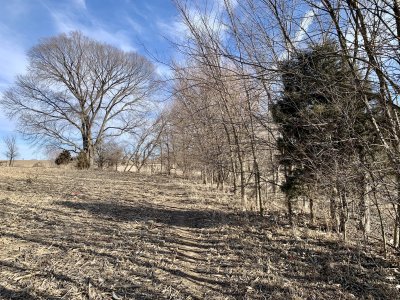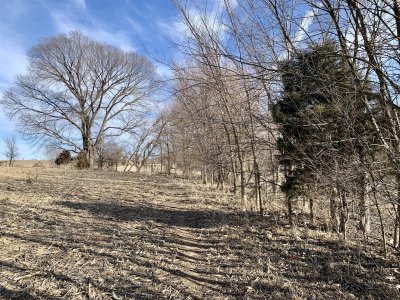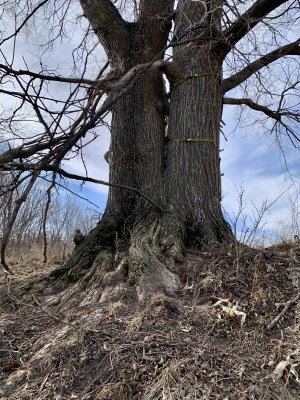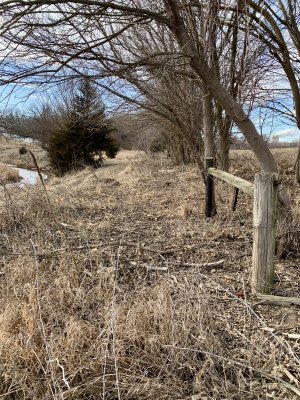Cool Hand Luke
5 year old buck +
How would you guys approach managing this tree line? It's honestly about 98% elm and don't even want to try and count how many. There's a few cedar, box elder and silver maple mixed in, maybe a cherry or two. Sizes range from a pool cue up to 8-10" in diameter. This was the back end of fence line in a former pasture and all these trees are growing within a foot or two of each other. Cornfield side is being planted into switch, so no worries on hinging some. Would that encourage feeding and bedding as well once I get switch growing? The culprit, I'm assuming is this magnificent, giant elm that I can't believe is even alive. It's at least over 140 years old, we can say for sure.
It's the perfect screen to block off the neighbors house up on the hill and it's also the main travel corridor leading to my property as there's nothing but ag fields on the adjacent side. I know, eventually these will all die...
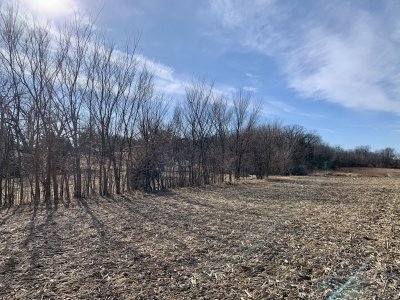
It's the perfect screen to block off the neighbors house up on the hill and it's also the main travel corridor leading to my property as there's nothing but ag fields on the adjacent side. I know, eventually these will all die...


